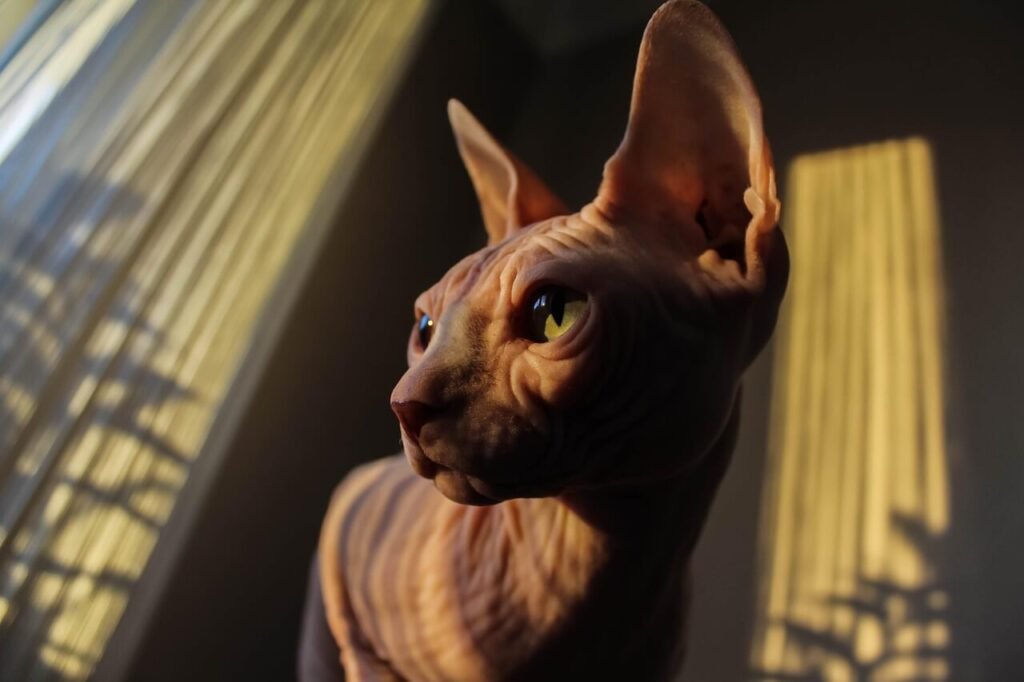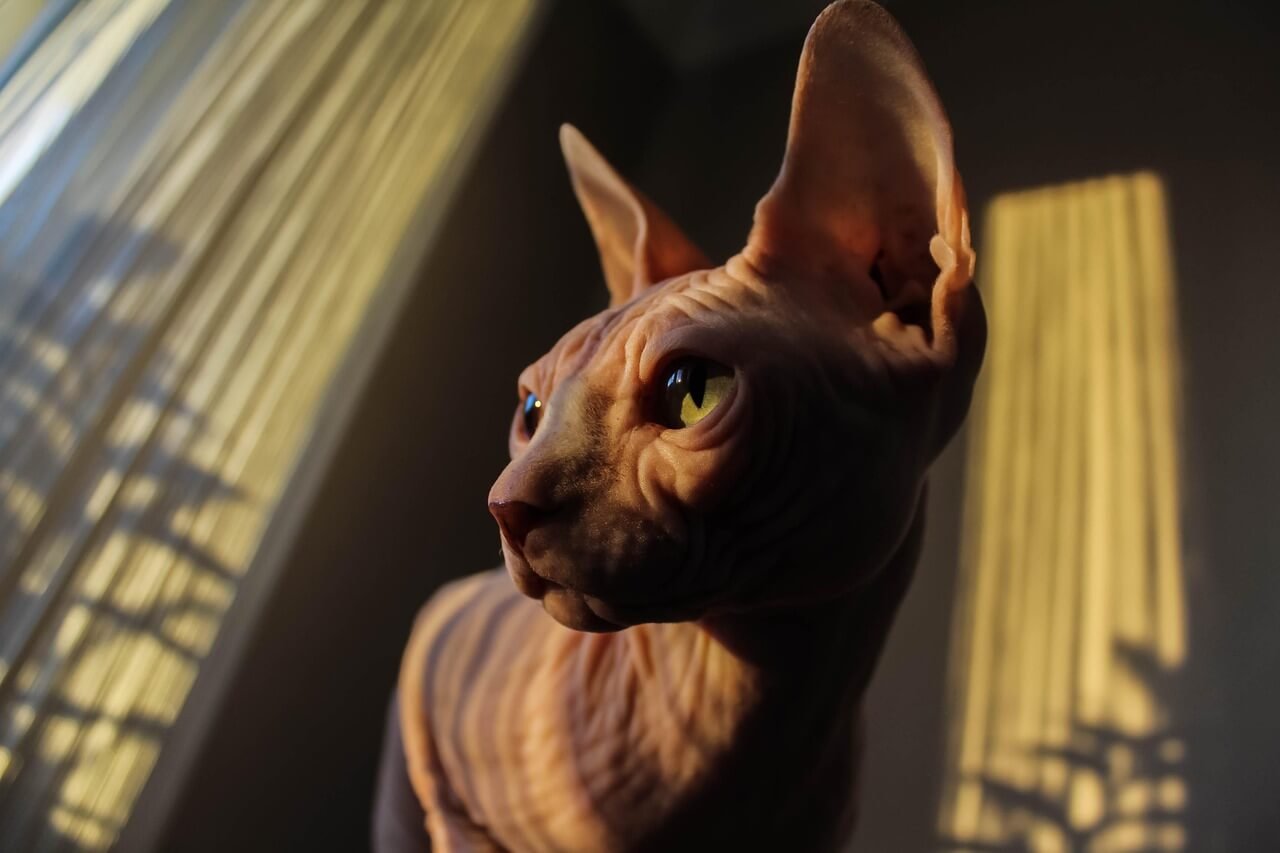Shaved Cats: Understanding the Trend and Its Implications
The sight of a shaved cat can evoke a range of reactions—from curiosity to concern. While some pet owners opt for shaving their cats for practical reasons, others may do so out of necessity or trendiness. Shaving a cat’s fur is not as simple as it seems and requires careful consideration of the animal’s health, comfort, and well-being. Whether it’s due to medical needs, grooming preferences, or seasonal adjustments, understanding why and how cats are shaved is essential for responsible pet ownership. Let’s explore the world of shaved cats and uncover everything you need to know about this unique aspect of feline care.
Reasons Why Cats Are Shaved
Cats are naturally equipped with luxurious coats that serve various purposes, from temperature regulation to protection. However, there are valid reasons why some cats end up with shaved fur. Here are the most common scenarios where shaving becomes necessary or beneficial.
Medical Treatments:
Vets may recommend shaving a cat’s fur to treat skin conditions, infections, or wounds that require direct access for medication or cleaning.Matting and Grooming Issues:
Long-haired breeds like Persians are prone to matting, which can lead to discomfort and skin problems if not addressed. Shaving helps resolve severe matting issues.Temperature Control:
In hot climates, shaving can help cats stay cooler during summer months, reducing the risk of overheating or heatstroke.Post-Surgery Care:
After surgeries, shaving the area around incisions ensures cleanliness and allows for easier monitoring of the healing process.Allergies or Parasites:
Removing fur can help manage severe flea infestations or allergic reactions by allowing treatments to reach the skin more effectively.
These reasons highlight the practicality of shaving in specific situations, but it’s crucial to weigh the pros and cons before proceeding.

Potential Risks of Shaving a Cat
While shaving can be beneficial, it also comes with potential risks that every cat owner should consider. Understanding these concerns ensures you make an informed decision about your cat’s grooming needs.
Skin Sensitivity:
Cats’ skin is delicate and can become irritated or sunburned after shaving, especially if exposed to sunlight.Loss of Natural Insulation:
A shaved coat leaves cats vulnerable to cold temperatures, making them more susceptible to hypothermia in cooler environments.Stress and Anxiety:
The grooming process itself can be stressful for cats, particularly those who are not used to being handled extensively.Uneven Regrowth:
Some cats experience patchy or uneven regrowth of fur, which can take months to return to its original state.Behavioral Changes:
Shaved cats may act differently due to discomfort or embarrassment, potentially leading to withdrawal or irritability.
By acknowledging these risks, you can take steps to minimize harm and prioritize your cat’s well-being throughout the process.
Check this guide 👉 The Majestic Black Maine Coon: best 7 Expert Tips!
Check this guide 👉 Meet the Bambino Cat: Best 7 Expert Tips!
Check this guide 👉 The Allure of the Gray Cat: Best 7 Expert Tips!
Benefits of Shaving Cats | Drawbacks of Shaving Cats |
|---|---|
Eases grooming for long-haired cats | Risk of skin irritation or sunburn |
Helps manage severe matting | Loss of natural insulation |
Improves hygiene during illness | Potential stress during grooming |
Reduces overheating in hot climates | Uneven or slow fur regrowth |
Assists with post-surgery care | Behavioral changes in some cats |
How to Prepare Your Cat for Shaving
Preparing your cat for shaving involves more than just scheduling an appointment. Taking proactive steps ensures the process goes smoothly and minimizes stress for your feline friend.
Consult Your Veterinarian:
Before proceeding, consult your vet to determine whether shaving is appropriate for your cat’s specific condition or needs.Choose a Professional Groomer:
Opt for a groomer experienced with cats, as they understand feline behavior and can handle anxious or resistant pets.Introduce Positive Associations:
Gradually acclimate your cat to grooming tools by letting them sniff and explore clippers or scissors beforehand.Schedule During Calm Periods:
Avoid grooming sessions when your cat is already stressed or unwell, as this can exacerbate anxiety.Provide Comfort Items:
Bring familiar items like blankets or toys to the grooming session to create a sense of security.
With proper preparation, you can ensure your cat feels safe and comfortable during the shaving process.
Aftercare Tips for Shaved Cats
Once your cat has been shaved, proper aftercare is essential to promote healing, prevent complications, and maintain their overall well-being.
Monitor Skin Health:
Keep an eye on your cat’s skin for signs of redness, irritation, or infection, and seek veterinary advice if needed.Limit Sun Exposure:
Protect your cat’s exposed skin from harmful UV rays by keeping them indoors or applying pet-safe sunscreen.Maintain Hydration:
Ensure your cat stays hydrated, as healthy skin begins with proper nutrition and water intake.Brush Regularly:
Even shaved cats benefit from gentle brushing to stimulate circulation and remove loose hair or debris.Offer Extra Comfort:
Provide cozy bedding and extra attention to reassure your cat during the recovery phase.
Following these aftercare tips promotes faster healing and keeps your cat happy and healthy.
Signs Your Cat May Need Shaving
Not every cat requires shaving, but certain signs indicate it might be necessary. Recognizing these signals helps you address potential issues promptly.
Excessive Matting:
Large mats that pull on the skin or restrict movement can cause significant discomfort for your cat.Persistent Shedding:
Excessive shedding that clogs grooming tools may indicate the need for professional intervention.Visible Skin Problems:
Rashes, bald patches, or persistent scratching suggest underlying issues that shaving can help address.Difficulty Self-Grooming:
Overweight or elderly cats may struggle to groom themselves effectively, requiring assistance.Overheating Symptoms:
Panting or lethargy during hot weather indicates your cat may benefit from a trim to regulate body temperature.
Addressing these signs early prevents further complications and keeps your cat comfortable year-round.
Alternatives to Full Shaving
If full shaving seems too drastic, there are alternative solutions to consider for managing your cat’s coat and grooming needs.
Regular Brushing Sessions:
Daily brushing removes loose hair and prevents matting without the need for shaving.Partial Trims:
Targeted trimming around matted areas or sanitary zones reduces the need for a full-body shave.De-Shedding Tools:
Specialized tools designed for de-shedding can thin out dense coats and improve airflow to the skin.Professional Detangling Services:
Groomers can safely detangle severe mats without resorting to full shaving.Seasonal Adjustments:
Slight trims in warmer months can help regulate temperature without drastically altering your cat’s appearance.
These alternatives offer less invasive options while still addressing grooming challenges.
Building Trust During Grooming
Building trust is essential for successful grooming experiences, especially for cats who dislike being shaved or handled. These strategies foster cooperation and reduce stress.
Use Positive Reinforcement:
Reward calm behavior with treats, praise, or playtime to create positive associations with grooming.Start Slowly:
Begin with short, low-pressure sessions to build tolerance gradually over time.Respect Their Limits:
Pay attention to your cat’s body language and stop if they show signs of distress or discomfort.Create a Routine:
Consistent grooming schedules help cats anticipate and adapt to the process more easily.Involve Familiar Scents:
Use items carrying your scent, like clothing or blankets, to provide reassurance during grooming sessions.
With patience and consistency, building trust transforms grooming into a bonding experience rather than a source of stress.
Frequently Asked Questions About Shaved Cats
Is it safe to shave my cat?
Yes, but only under professional supervision or guidance from a veterinarian. Improper shaving can harm your cat’s skin.
Will my cat’s fur grow back normally?
Typically, yes. Most cats regrow their fur within a few months, though the texture may differ slightly.
Can shaving hurt my cat emotionally?
Some cats may feel insecure without their full coat, but most adjust quickly with love and reassurance.
Should I shave my cat for summer?
Only if recommended by a vet. Cats regulate their body temperature through behaviors, not just fur.
How often should I shave my cat?
It depends on the reason for shaving. For medical purposes, follow your vet’s advice; otherwise, avoid frequent shaving.
Embracing Responsible Grooming Practices for Cats
Shaving a cat is a decision that should never be taken lightly. While it offers practical benefits in certain situations, it also carries risks that must be carefully managed. By consulting professionals, preparing your cat thoughtfully, and providing attentive aftercare, you can ensure the process remains safe and stress-free. Ultimately, the key lies in prioritizing your cat’s health and happiness above all else. With knowledge and compassion, you can navigate the world of shaved cats responsibly and confidently.
Canned Pumpkin for Cat Diarrhea: Best 7 Expert Tips! Natural remedy to firm stools, soothe upset bellies, and support gut health safely.
Can a Cat Give You Scabies? Best 7 Expert Tips! Discover the truth about feline mites, human skin risks, and how to protect yourself—without panic.
Cat Flea vs Human Flea: Best 7 Expert Tips! Discover the truth about bites, species, and how to eliminate infestations for good.
Weird Cat Behaviors: Best 7 Expert Tips! Discover why cats do strange things—and how to understand, not punish, their instincts for a happier home.





